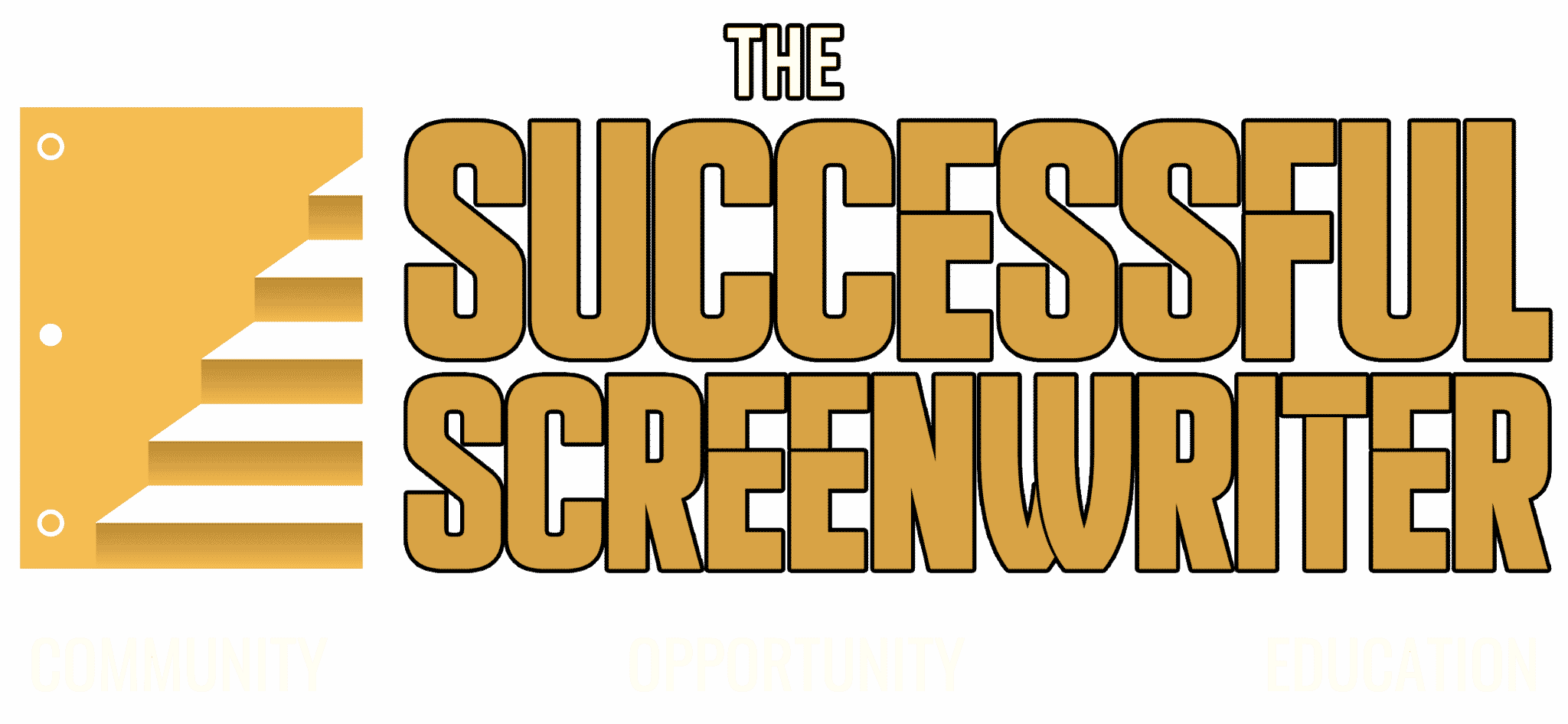Welcome, my fellow screenwriters and cinephiles! Today, we’re diving into a question that sparks the imagination and ambition of many screenwriters: Can screenwriters become directors? In the realm of filmmaking, the journey from script to screen is a collaborative art, yet the leap from writing to directing is a path tread by some of the industry’s most iconic talents. Let’s explore this exciting transition, spotlighting success stories and shedding light on how you, too, could embark on this journey.
The Successful Leap: From Words to Vision
Screenwriting is not just about crafting compelling narratives; it’s about envisioning a story that can breathe and evolve on screen. This visual storytelling aspect makes screenwriters uniquely positioned to step into the director’s chair. Directors such as Christopher McQuarrie and David S. Goyer serve as exemplary beacons of this transition.
Christopher McQuarrie, known for his Oscar-winning screenplay for “The Usual Suspects,” has successfully donned the director’s hat for films like “Mission: Impossible – Fallout.” His journey underscores the power of understanding narrative intricacies and character depth, translating that knowledge into directing visually compelling, high-octane cinematic experiences.
David S. Goyer, another maestro who navigated this path, penned the scripts for the “Blade” trilogy and “The Dark Knight” series before stepping into the directorial role for “Blade: Trinity”, “The Unborn”, and the scifi Apple TV original “Foundation.” Goyer’s work highlights how a deep understanding of genre and character can serve as a solid foundation for directing.
The Writer/Director Hybrid: A Dual Craft Mastery
Embracing the dual roles of writer and director, some creatives harness complete control over their cinematic vision, from page to picture. This writer/director hybrid model allows for a seamless translation of vision, ensuring that the narrative’s essence is preserved and amplified through visual storytelling.
Iconic writer/directors such as Quentin Tarantino and Greta Gerwig embody this blend. Tarantino, with his distinctive dialogue and nonlinear storytelling, and Gerwig, with her deeply personal and nuanced narratives, showcase the profound impact a writer/director can have on a film’s authenticity and emotional resonance.
Stepping into the Director’s Chair: Tips for Aspiring Writer/Directors
If you’re a screenwriter dreaming of directing, here are some steps to consider on your journey:
1. Master Visual Storytelling
Enhancing your screenwriting by thinking like a director involves a deep dive into the realm of visual storytelling. This means not just imagining your scenes in words but visualizing them through the camera’s eye. Start by understanding the basics of shot composition—how the arrangement of elements within the frame can evoke emotions, suggest relationships, or build tension. Consider the impact of lighting, color, and movement on the story’s emotional arc. By incorporating visual cues into your scripts, you can create a richer, more immersive experience that translates effortlessly from script to screen. Tools like storyboard software or even simple sketches can help you visualize scenes more effectively.
2. Create Short Films
Short films serve as an invaluable proving ground for aspiring directors. With a lower stakes commitment compared to feature-length projects, short films allow you to experiment with different narrative techniques, visual styles, and genres. This hands-on experience is crucial for understanding the end-to-end process of filmmaking, from pre-production planning to editing in post-production. Each short film project can serve as a learning opportunity, helping you refine your directorial vision and voice. Participate in film festivals or online platforms to showcase your work and receive feedback from a wider audience.
3. Collaborate and Network
Filmmaking is inherently collaborative, involving the talents and skills of a diverse team. As you work on projects, whether they’re your own or others’, focus on building strong relationships with your peers. This network can include fellow screenwriters, cinematographers, actors, and producers—each connection offering potential opportunities to collaborate on future projects. Networking can also open doors to mentorship, where experienced industry professionals can provide guidance, advice, and support as you navigate the transition to directing. Attend industry events, film festivals, and workshops to meet and connect with potential collaborators.
4. Continuously Learn
The field of directing is vast and constantly evolving, making continuous learning essential for anyone looking to make the transition from screenwriting. Dive into the study of films from a wide range of genres, eras, and cultures to understand the breadth of directing styles and techniques available. Workshops, online courses, and film school programs offer structured opportunities to learn both the theoretical aspects of directing and practical skills like working with actors and managing a set. Keeping abreast of technological advancements in filmmaking can also enhance your directing toolkit, offering new ways to tell stories visually.
5. Embrace Feedback
Feedback is a critical component of growth for directors, just as it is for writers. Be open to critique from trusted collaborators, whether they’re peers, mentors, or members of your audience. Constructive feedback can shine a light on areas for improvement, offer new perspectives on your work, and help you refine your directorial approach. It’s important to cultivate a receptive mindset, seeing feedback not as criticism but as a valuable resource for learning and growth. Engage in post-screening Q&As, join filmmaker forums, and participate in workshops where you can receive and discuss feedback in a supportive environment.
Conclusion
For screenwriters with directorial aspirations, the journey from script to screen is filled with opportunities for creative growth and expression. By honing your craft, embracing the dual roles of writer and director, and persistently pursuing your vision, you can navigate the path from penning scripts to calling “action” on set. Remember, every great director started with a single step, a unique vision, and the courage to bring it to life. Let the stories of Christopher McQuarrie, David S. Goyer, and others inspire you to embark on your own cinematic journey.
Happy filmmaking, and remember, the transition from screenwriter to director is not just a dream—it’s a plausible reality for those willing to embrace the challenge and evolve their storytelling prowess. Keep writing, keep dreaming, and let’s bring those stories to life, one frame at a time.
Want more? Check out these free screenwriting resources!
Gain instant access to a wealth of resources tailored to elevate your craft and help get your work noticed:
- Over 100 Screenplays: Immerse yourself in our vast library of critically acclaimed films.
- Interactive Forums: Join discussions with fellow writers and industry experts.
- Logline Builder: Craft compelling pitches that grab attention.
- Industry Insights: Benefit from interviews and workshops with professionals.
- Script Requests by Producers: Get your script in front of the eyes that matter with exclusive leads and requests from our sponsor at InkTip.
Seize the opportunity to transform your screenplay from good to unforgettable, all at no cost to you.
Join for Free Now – Your script deserves the spotlight. Let’s make it happen.

